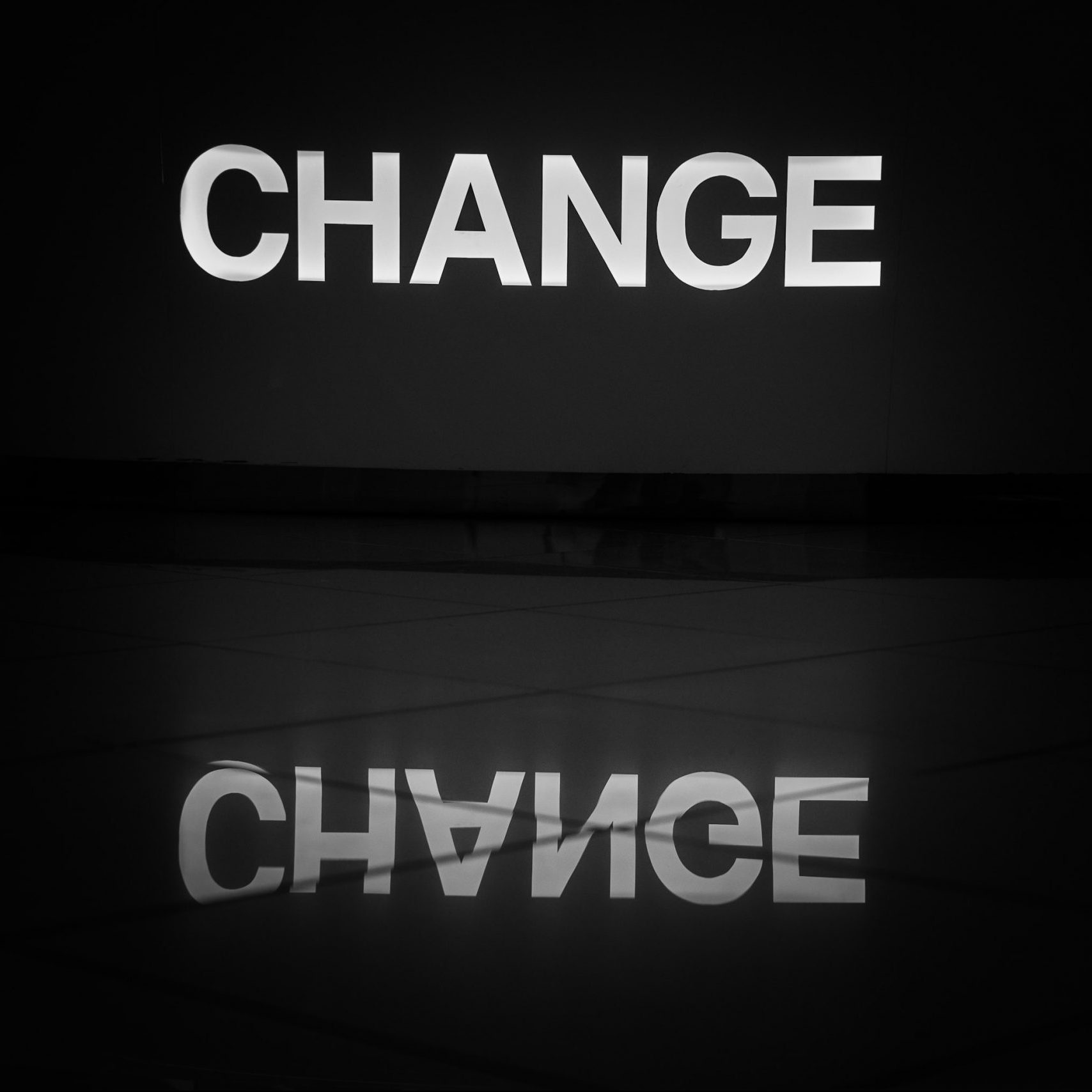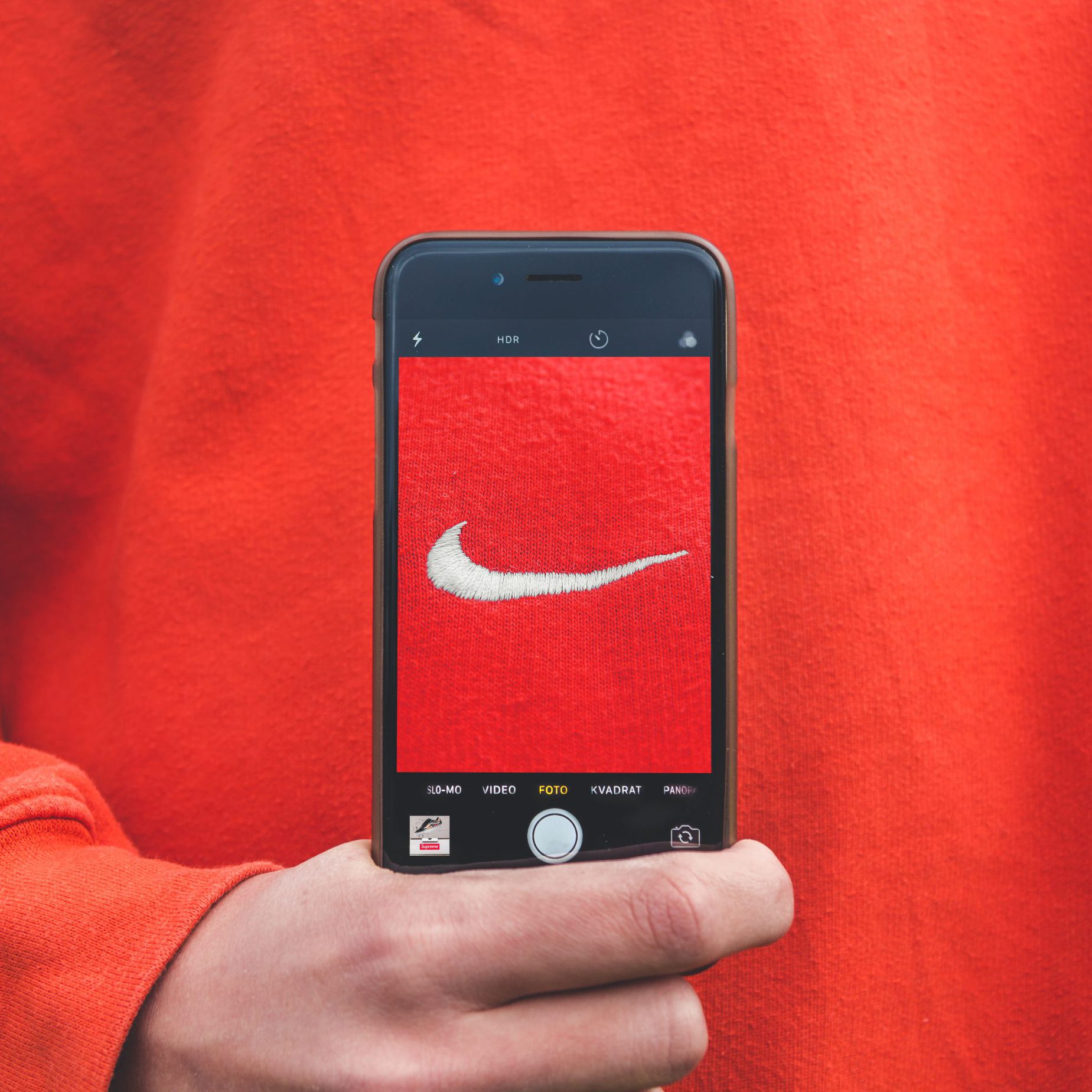Did anyone else feel like 2022 was ‘the year of the reset’?
The beginning two quarters saw pandemic-driven digital marketing trends continue. However, as the year progressed, questions started floated around their long-term viability.
It’s fair to say that many companies benefited from a digitally driven couple of years. Online engagement soared and tactical strategies allowed some to dominate their space. However, as the battle for awareness increased, so did economic factors like inflation, supply chain issues and the great resignation.
These pressures affected everyone involved – businesses and consumers. In response, companies realised they needed to shift their focus. Questions were raised around what was really working and what needed to change to stay in line with new challenges. Belts were tightened and brands thought more about sales generation and conversion, rather than awareness.
Today, it seems it’s no longer a race for attention. It’s a year set for authenticity, engagement, and extraordinary experiences.

2023 marketing trends to focus on
It’s important to keep your finger on the pulse with this years marketing trends. After all, we all know how quickly things can change in our industry. To help with success think about incorporating these key ideas into your strategy.

1. Video marketing
It’s been discovered that customers retain 95% of information from a video. A clear indicator that this type of content is here to stay. Social ads, particularly short-form videos, are predicted to generate more ad revenue than any other platform in 2023. With video becoming an essential for brand engagement and conversion, planning should get bigger and better this year.
TIP: the average individual spends more than an hour per week watching videos on social platforms. Strike the balance right when creating. Videos will need to well-planned and high-quality, however, people are likely to click away from overly produced and edited videos. Remember to stay true to your brand’s authentic values when creating and make the content relatable. Especially as people are 85% more likely to buy from you after watching this type of format.
2. Interactive Content
Fine-tune this type of content in 2023. We’re talking social polls, gamification, interactive newsletters, the lot. Implement this type of marketing to increase visibility, engage and nurture your audience. Brands will benefit from this on-demand content too, as it quickly highlights what your audience needs and values. The results can be incorporated into your sales plan.
3. User Generated Content
Research shows that consumers are 2.4 times more likely to trust UGC compared to branded content. As anyone can create it, this strategy could take your brand authenticity and credibility to the next level. What a great way to create trust signals for your company! In turn – more sales.
4. AI Tools
AI isn’t a buzzword anymore. Companies of all sizes are embracing these marketing tools to tailor strategies, improve ROI, and provide on-point insights into the preferences and behaviours of buyers. The number of businesses adopting AI has grown by over 270% in the past four years, with use cases in:
• Content intelligence
• Predictive analysis
• Highly targeted ads
• Optimized CX
• Voice search

TIP: The commercialisation of AI means it’s being put in the hands of the masses. Yes, it brings huge benefits for businesses, but these tools should be used tactfully. Currently, we’re reluctant to advise going full ‘gung-ho’ with AI. Whilst incredibly useful, the capability of our human brain is incredibly diverse and original. Use it wisely to inspire and expand our thought process.

5. Influencer Marketing
2022 saw influencer collaborations generate $16.4 billion for companies. The reason? People may not know a brand, but they trust the opinion of the influencers they follow. In 2023, brands will likely try to create a more authentic connection with their target audience, by appointing long-term brand ambassadors.
We also may see the emphasis move way from macro to micro-influencers. The latter have smaller audiences who are more focused and engaged with their content. With businesses shifting focus to conversion and sales, micro-influencers may be the missing piece of the puzzle.
Tips: Instagram kept its leading place in influencer marketing at the end of 2022, closely followed by TikTok. This year, keep an eye on YouTube. The OG has just returned as the title sponsor of VidCon after TikTok’s one-year stint. Why? “The unique relationship and trust between YouTube creators, their fans, and the digital industry.” Consider collaborating with a few micro-influencers on this channel.
Other trends that could influence your strategy include: influencer subscriptions, social search and the ‘super app’.
6. SEO Marketing
Search continually evolves, so make sure you can stay on your SEO toes this year. Especially as Google recently took aim at subpar content. It rolled out an update to ensure unoriginal, low-quality content, created primarily to gain rankings, didn’t reach the top. It’s finally been made easier for consumers to find helpful content.
Like many other focuses this year, SEOs objective will shift from awareness to a good audience experience. Your website should be optimised for their preferences, instead of attracting random traffic and numbers. We all know by now that content should be useful to users. It becomes a waste of time if someone doesn’t find value in what they are consuming. Good SEO will attract the right quality of customer who may want to buy into a product or service.
Consider the following:
• Context is key
• Move away from keywords and focus on topics
• Be precise
• Consider voice search
Voice search is an interesting trend to watch. More than 61% of consumers use a speech device for search and say they want to use it more in the future. Voice brings exciting opportunities and enables users to buy products and services directly from the source.
Remember, SEO changes all the time. Today’s trend could be old news in three months time.
7. Branding and Storytelling
As we’re talking about voice search and the likes of smart speakers, we’ll forgive you for thinking that ‘readable’ content is more important than visuals and design. Research shows that people prefer visual content to plain text.
Design and storytelling create the identity of your brand. If you’re looking to create an authentic customer experience this year, branding and your brand compass should still take centre stage. Some of this year’s branding trends revolve around:
• Brand activism – an identity that clearly broadcasts goals and intentions to motivate an action
• Clear simplicity – to home in on the important stuff
• Geometry – this attention grabber can be easy to remember
• Inclusion and tolerance – a visual and humane identity that reflects the caring side of a company


8. Purpose-Driven Marketing
Today, businesses need to become more human. Especially as 79% of consumers say that they would change their preferences for a service or product which provides a social or environmental impact. If sustainable marketing isn’t already implemented as part of your wider strategy, consider it in 2023.
John Elkington, Founder of the Global Sustainability Movement states:
“To be effective, a sustainable marketing strategy must include the ‘triple bottom line.’ This is made up of environmental protection, social responsibility, and economic growth. It’s aimed at both meeting customer needs and creating long-term shareholder value, setting it apart from the traditional bottom line – profit.”
Tips: 1. Businesses which provide positive impact in the world are seen in a better light, leading to increased sales and improved reputation.
2. Sustainable marketing creates long-term value by ensuring a company’s products or services will still be in demand in the future.
2. Sustainable marketing creates long-term value by ensuring a company’s products or services will still be in demand in the future.
9. A World Class Customer Experience
The growth of online content has given consumers more power. Companies need to offer people more than just a product or service. They need the full experience. Make sure it’s a seamless one from the first customer touchpoint to the last.
This year, brands no longer need to convince customers to buy from them. They need to work on getting customers to come back for more.
All of the above trends could be the thing needed to make that happen.

10. Aligned sales and marketing teams
It’s becoming increasingly important for these two teams to work together. When aligned, marketers will get a better picture of their customer including interests, hobbies and demographics. Obviously data can help with this information, however it’s more challenging to share data across teams. Especially if people don’t understand the context. So, if sales teams can get first-hand knowledge…see where we’re going with this?
With 2023’s focus on customer experience, collaboration between these two departments is key. Today, only 31% of marketers say their sales and marketing teams are strongly aligned. So there is room for improvement people!
Get ready for 2023
While marketing trends come and go, success remains the same. This year, results will be driven from understanding the needs of your audience and communicating with them clearly and consistently. Brands must carefully consider their authentic messaging to engage their audiences and deliver an amazing experience. In turn, results will follow.
2023 is set to be an interesting year for the marketing space. Are you ready to do something different?
